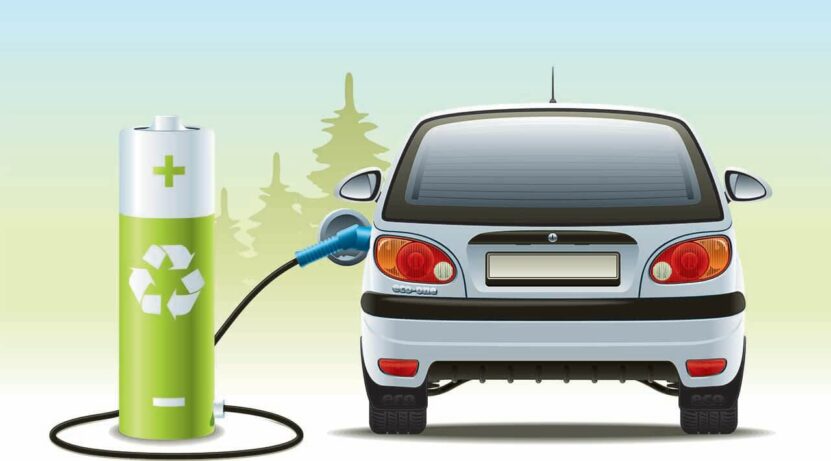Ah, the future of transportation! Have you ever imagined a world where vehicles run on the most abundant element in the universe?
That’s right, I’m talking about hydrogen. The rise of hydrogen-powered vehicles is not just a sci-fi dream anymore; it’s becoming a reality.
Let’s chat about Fuel Cell Electric Vehicles (FCEVs) and how they’re making waves in the automotive industry.
Hydrogen as a Fuel Source
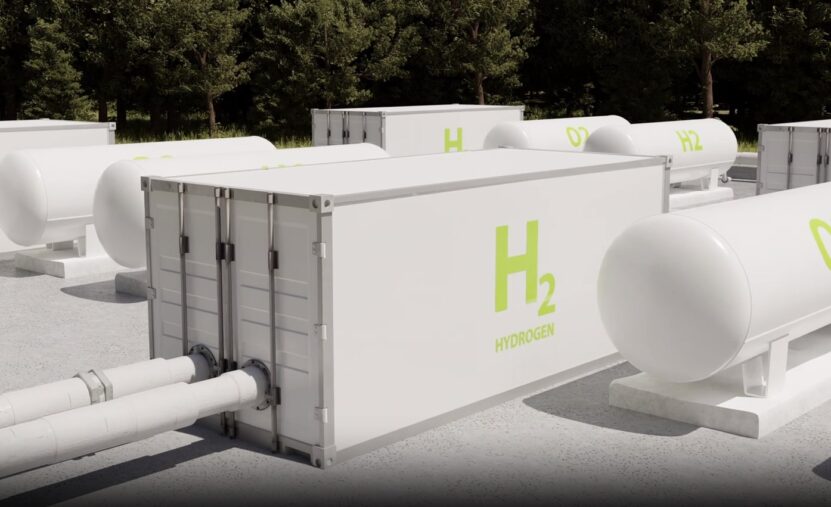
Hydrogen isn’t just for water anymore; it’s making its mark as a powerful fuel source. Being the abundant element that it is, hydrogen has a lot of potential in the world of transportation.
An Abundant Element
You’ve probably heard of H2O, right? That ‘H’ stands for hydrogen. It’s everywhere, from the water we drink to the vast expanses of our universe.
Production for FCEVs
Now, producing hydrogen for vehicles isn’t as simple as scooping it out of the air. There are a couple of primary methods used:
- Steam Methane Reforming: This is a process where methane from natural gas is reacted with steam to produce hydrogen. It’s one of the most common methods out there.
- Electrolysis of Water: Remember those science experiments in school where water was split into hydrogen and oxygen using electricity? That’s electrolysis! It’s a clean method, especially if the electricity comes from renewable sources.
Storage and Transportation
Once we have our hydrogen, storing and transporting it is the next challenge. Here’s how it’s typically done:
- Compressed Hydrogen Gas: Just like it sounds, hydrogen is compressed into high-pressure tanks. It’s a popular method for vehicles.
- Liquid Hydrogen: By cooling hydrogen to super low temperatures, it can be turned into a liquid. This method is more energy-intensive but can store more hydrogen in a smaller space.
The Fuel Cell Technology
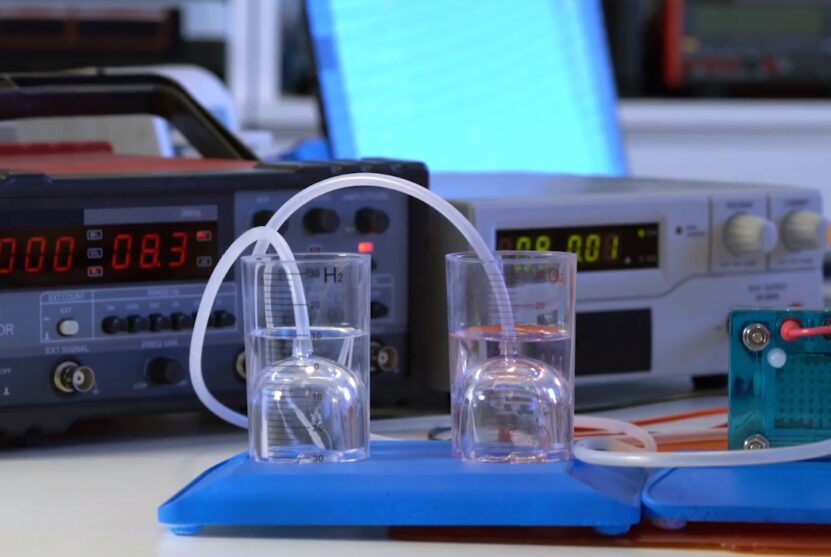
Ever wondered what’s under the hood of an FCEV? Let’s break it down.
What Is a Fuel Cell?
Think of a fuel cell as a magical box. You feed it hydrogen and oxygen, and out comes electricity, water, and heat. No smoke, no noise, just clean energy.
Types of Fuel Cells Used in FCEVs
Not all fuel cells are created equal. There are different types, but for vehicles, two stand out:
- Proton Exchange Membrane Fuel Cells (PEMFCs): These are the most common for cars. They operate at lower temperatures and start up quickly.
- Solid Oxide Fuel Cells (SOFCs): These operate at higher temperatures and are more suitable for larger applications, like buses or stationary power sources.
The Chemistry Behind Fuel Cells
Without getting too technical, here’s the gist: Hydrogen atoms enter the fuel cell, split into electrons and protons. The electrons create a current that can be used to power an electric motor, and then they reunite with the protons and oxygen to form water.
The Fuel Cell Electric Vehicle System
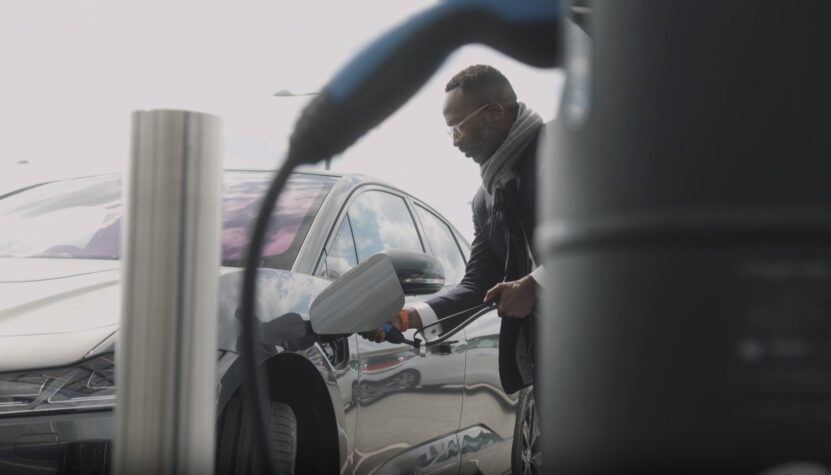
Alright, let’s get to the heart of an FCEV.
An FCEV isn’t just a fuel cell on wheels. There are several key components:
- Fuel Cell Stack: This is where the magic happens. Multiple fuel cells are stacked together to produce enough power for the vehicle.
- Hydrogen Tank: A safe storage place for hydrogen fuel.
- Electric Drive System: This takes the electricity from the fuel cell and powers the vehicle’s motor.
How They Generate Electricity
As we discussed earlier, hydrogen and oxygen go into the fuel cell, and out comes electricity. This electricity powers the motor, making the vehicle move.
Comparison with Battery Electric Vehicles (BEVs)
You might be familiar with BEVs, like those made by Tesla. While both FCEVs and BEVs are electric vehicles, FCEVs generate electricity on-the-go using hydrogen, whereas BEVs store electricity in batteries.
Fueling Up an FCEV
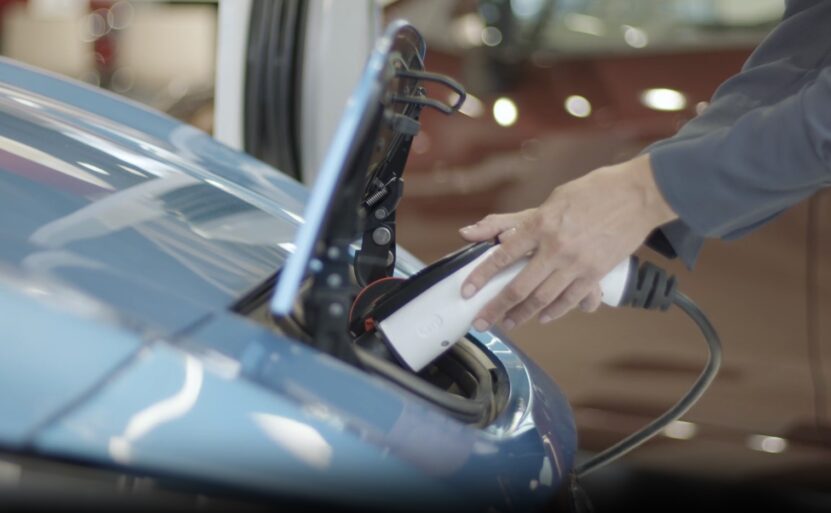
So, how do you fill up one of these futuristic rides? Let’s chat about it.
Refueling Process
Imagine pulling up to a gas station, but instead of gasoline, you’re filling up with hydrogen. The process is pretty similar to what you’re used to. Connect the nozzle, wait a few minutes, and voila! Your FCEV is ready to hit the road again.
Challenges and Advancements in Hydrogen Infrastructure
Now, while the refueling process might be simple, building the infrastructure for it is a tad more complex. There aren’t as many hydrogen refueling stations as there are gas stations, but the number is growing. And with advancements in technology, the costs are coming down, making it more feasible.
Environmental and Efficiency Considerations
Let’s talk green, shall we?
Zero Emissions and Clean Energy
One of the biggest selling points of FCEVs is that they emit only water vapor. That’s right, no harmful pollutants. It’s a breath of fresh air, literally and figuratively.
Energy Efficiency of FCEVs
While FCEVs are efficient, they’re not quite as efficient as BEVs. However, their longer range and quick refueling times often make up for this.
Life Cycle Analysis
From production to use, hydrogen’s environmental impact is generally lower than that of fossil fuels. But remember, it’s essential to consider the source of the hydrogen. If it’s from renewable sources, the impact is even lower.
Pros and Cons of FCEVs
Every rose has its thorn, and FCEVs are no exception.
Advantages of FCEVs:
- Longer Range: FCEVs can often travel longer distances than BEVs on a single refuel.
- Quick Refueling: No need to wait hours for a charge. A few minutes, and you’re good to go.
Disadvantages of FCEVs:
- Hydrogen Production Emissions: If hydrogen is produced from non-renewable sources, there can be emissions involved.
- Limited Infrastructure: There aren’t as many refueling stations available, but this is changing.
Real-World Applications
Where can you spot these vehicles?
Current FCEV Models and Manufacturers
Several big names in the automotive industry, like Toyota, Honda, and Hyundai, have jumped on the FCEV bandwagon, offering models for the public.
FCEVs in Public Transportation and Fleets
Buses, taxis, and even some delivery vehicles are now running on hydrogen. It’s not just personal cars that are benefiting.
Government Initiatives and Incentives
Many governments worldwide are offering incentives to boost the adoption of FCEVs, from tax breaks to grants for research.
Future Outlook
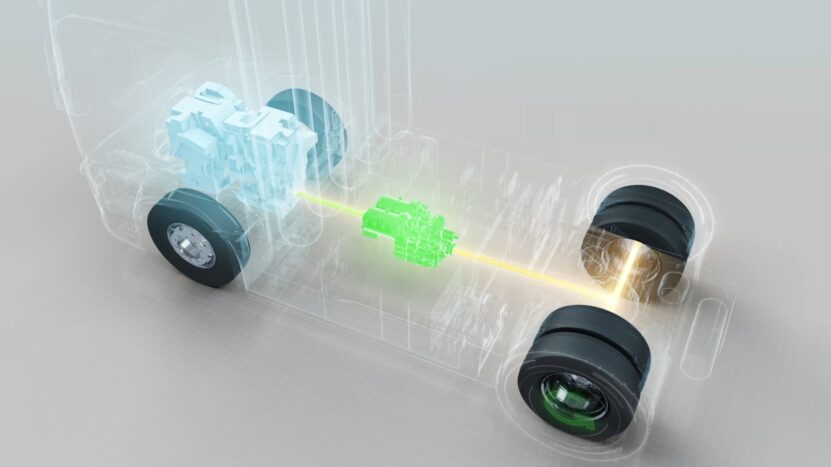
What does the road ahead look like for FCEVs?
Research and Development in FCEV Technology
The tech behind FCEVs is continuously evolving, with researchers looking for ways to make them even more efficient and affordable.
Expansion Infrastructure
As the demand for FCEVs grows, so will the infrastructure. Expect to see more refueling stations popping up.
FCEVs in the Global Market
The market share of FCEVs is expected to grow, especially in regions focusing on reducing carbon emissions.
FAQ
How safe is hydrogen as a fuel in case of accidents?
As safe as traditional gasoline. In fact, it dissipates quickly into the atmosphere, reducing fire risks.
How long has the concept of FCEVs been around?
The concept of FCEVs has been around since the 1960s, but significant advancements have been made in recent decades.
Are there any other applications for fuel cell technology outside of vehicles?
Yes, fuel cells are also used in stationary power generation, backup power systems, and even in some electronics.
How does the cost of hydrogen fuel compare to gasoline?
Currently, it can be more expensive than gasoline, but prices are expected to decrease as production scales up.
Can FCEVs operate in extreme temperatures?
Yes, FCEVs can operate in a wide range of temperatures, from very cold to very hot conditions.
Are there any specific maintenance needs for FCEVs compared to traditional vehicles?
FCEVs generally have fewer moving parts than combustion engines, potentially leading to lower maintenance needs over time.
Final Words
The journey of hydrogen-powered transportation is an exciting one. With the promise of cleaner air, reduced carbon emissions, and a sustainable alternative to conventional vehicles, the future looks bright.
So, next time you’re on the road, keep an eye out for these eco-friendly rides. Who knows, you might just be driving one soon!

